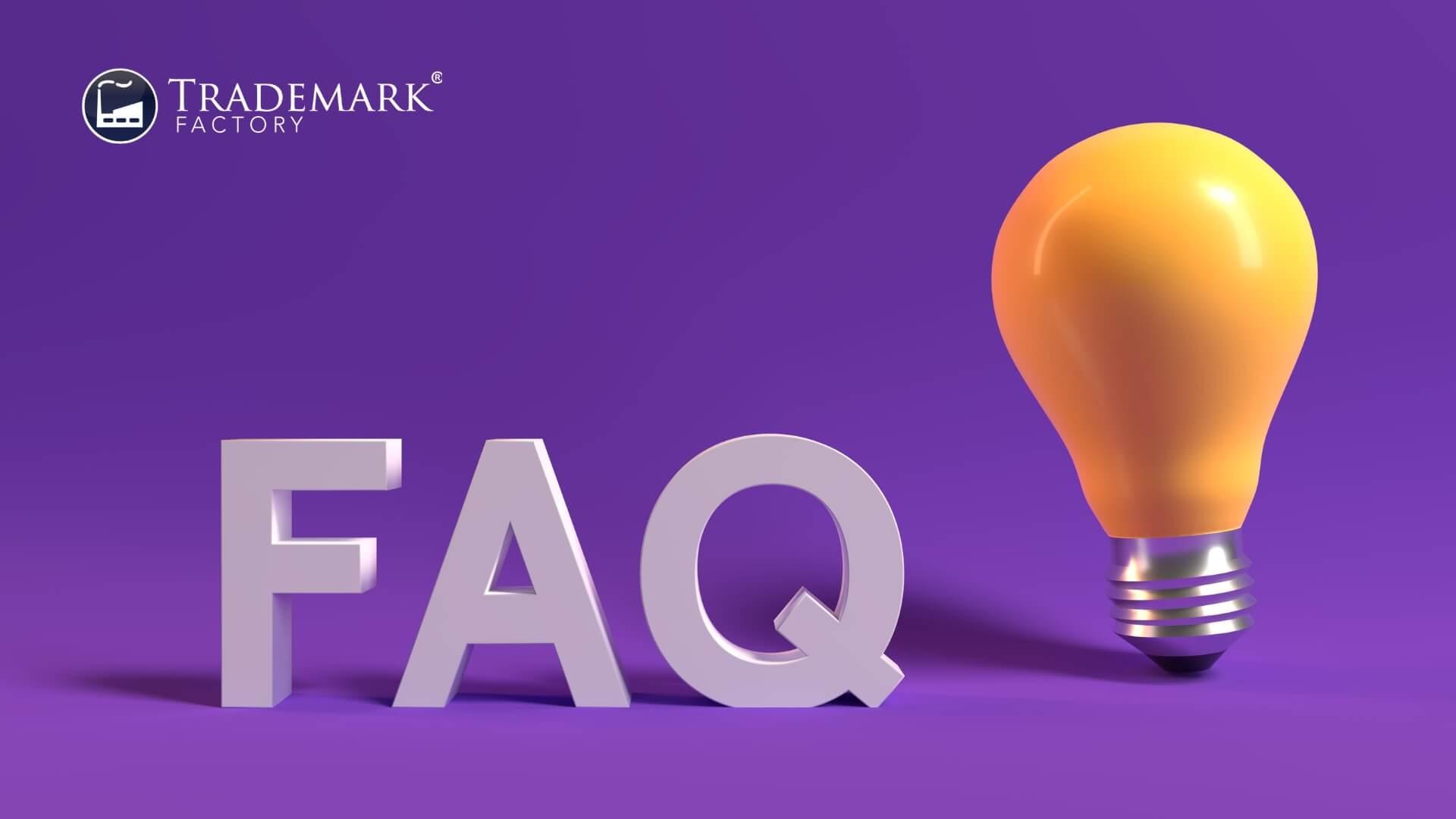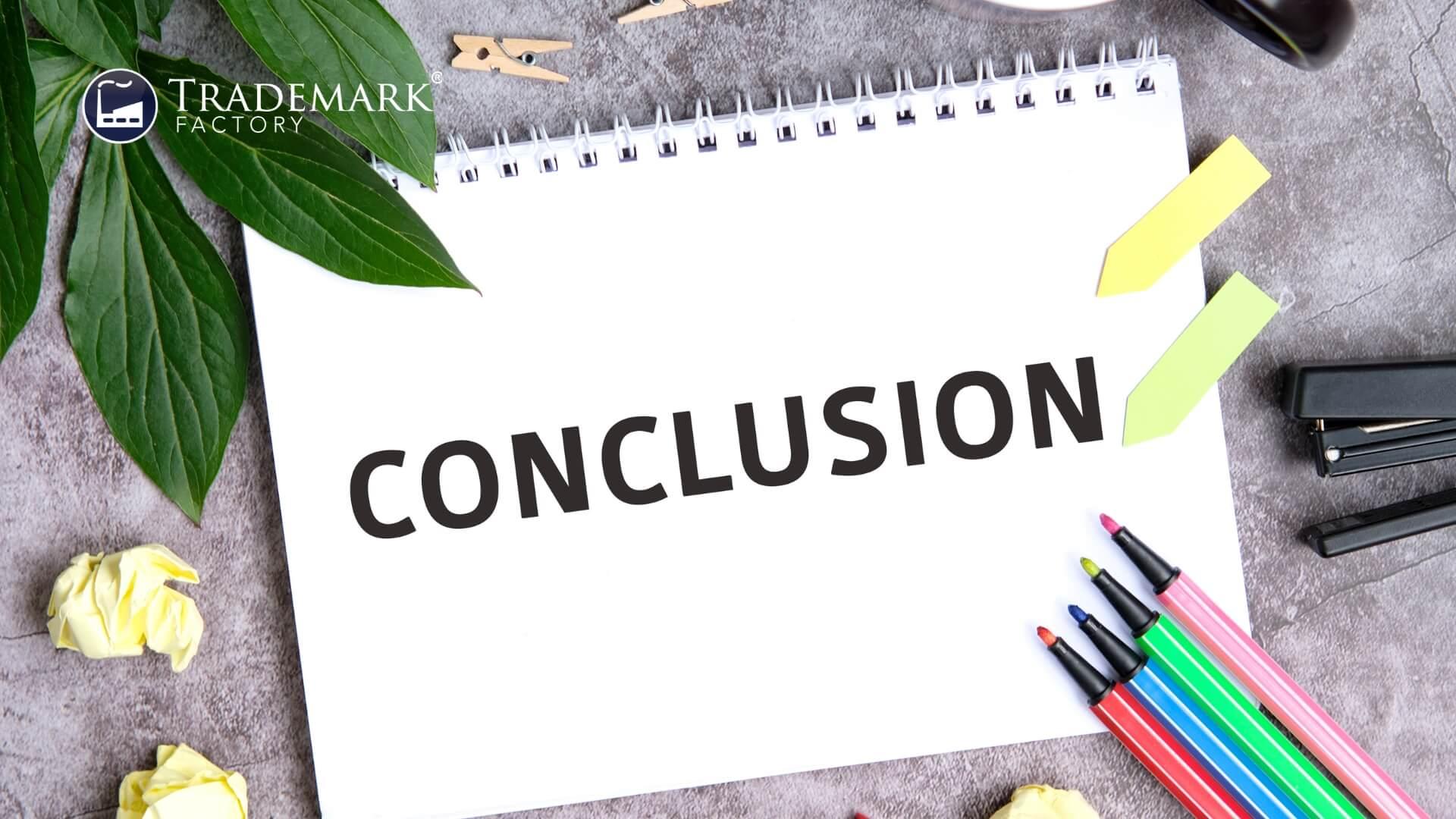Understanding the Opposition Process in Trademark Registration

This article provides a comprehensive exploration of the opposition process in trademark registration. In-depth insights and strategic advice are offered, aimed at assisting individuals through this complex legal procedure. By delving into the intricacies of trademark laws, potential pitfalls can be identified and avoided, thereby facilitating a smoother route towards successful trademark acquisition. This indispensable guide serves to foster understanding and confidence within its readership as they navigate the challenging terrain of intellectual property law.
Overview of Opposition Process in Trademark Examination
 The opposition process in trademark examination presents a complex yet integral facet of intellectual property law, encompassing multiple key points such as the grounds for trademark opposition process, the filing mechanism and stipulated time limits for lodging an opposition. Further aspects under scrutiny include the rigorous evaluation of filed oppositions by examiners, alongside an exhaustive review of evidence provided within this process. This discussion aims to elaborate on these critical elements, enhancing comprehension of their function and significance within the broader context of trademark examination publication proceedings.
The opposition process in trademark examination presents a complex yet integral facet of intellectual property law, encompassing multiple key points such as the grounds for trademark opposition process, the filing mechanism and stipulated time limits for lodging an opposition. Further aspects under scrutiny include the rigorous evaluation of filed oppositions by examiners, alongside an exhaustive review of evidence provided within this process. This discussion aims to elaborate on these critical elements, enhancing comprehension of their function and significance within the broader context of trademark examination publication proceedings.
Grounds for Opposition in Trademark Examination
Grounds for opposition during trademark examination typically encompass issues such as similarity to existing trademarks, lack of distinctiveness, and potential to cause confusion among consumers.
1. Grounds for Opposition: Similarity, lack of uniqueness.
2. Types of Evidence: Documentation, prior use evidence.
3. Oral Arguments: Expert testimonies, legal precedents.
4. Decision Criteria: Trademark laws, consumer perception.
Successful opposition strategies rely on these elements. The subsequent section delves into the process involved in filing an opposition during trademark examination.
Filing an Opposition in Trademark Examination
Initiating an objection during the examination of a brand symbol necessitates meticulous documentation and adherence to specified steps. Filing a trademark opposition requirements demand precision, with attention to opposition grounds, time limits, evidence requirements, and understanding the oral hearing process. This comprehensive approach ensures broad audience inclusivity within trademark laws. The subsequent focus will be on understanding how these elements are influenced by specific time constraints for filing an opposition.
Time Limits for Filing an Opposition in Trademark Examination
Strict adherence to established timeframes is crucial when lodging an objection during the examination of a brand symbol. This includes:
1. Meeting the opposition deadline.
2. Understanding and fulfilling filing requirements.
3. Following procedural rules correctly.
4. Seeking appropriate legal representation, if necessary.
Evidence submission within these constraints further solidifies one's case. This understanding paves the way for a detailed exploration of 'examination of opposition in trademark examination'.
Examination of Opposition in Trademark Examination
Examination of trademark opposition of objections during the evaluation of brand symbols entails a comprehensive study and analysis of the claims made by the opposing party. The process is governed by legal requirements, best practices, and case studies that help avoid common pitfalls.
Examination Procedures
Legal Requirements
Case Studies
Detailed scrutiny
Compliance with laws
Analyzed instances
Best practices applied
Mandatory documentation
Lessons learned
Avoidance of pitfalls
Upholding rights
Informative precedents
This thorough examination paves way for considering evidence in opposition proceedings within trademark examination.
Evidence in Opposition Process in Trademark Examination
In the realm of brand symbol evaluation, one cannot overlook the substantial role that evidence plays in determining the outcome of objections raised.
1. Evidence in trademark opposition requirements: Prescribed by trademark laws to substantiate claims.
2. Burden of proof: Rests on parties involved in opposition.
3. Types of evidence: Vary from documented facts to expert testimonies.
4. Evaluating evidence: Crucial for accurate judgment.
The discourse will now shift towards an understanding of 'oral hearing in opposition process in trademark examination'.
Oral Hearing in Opposition Process in Trademark Examination
Oral hearings in trademark opposition provide a platform for both parties to present their arguments in the context of brand symbol evaluation disputes. Utilizing effective engagement through oral hearing strategies can enhance understanding of the opposition process during trademark examination. This approach, while detail-oriented and precise, fosters a sense of belonging among participants. The subsequent focus will be on how decisions are reached in these examinations following an opposition.
Decision on Opposition in Trademark Examination
Decisions on trademark oppositions regarding brand symbol disputes are typically determined based on the arguments presented during oral hearings, taking into account the validity of the contested mark and its potential impact on existing trademarks. The decision outcome is a crucial part in a trademark opposition process, as it directly affects both parties involved.
1. Examination result: This refers to the legal ruling made after assessing all evidence.
2. Opposition verdict: This is a formal judgment or decision in the trademark opposition.
3. Trademark opposition: A procedure where third parties may challenge a pending trademark application.
4. Legal ruling: A binding decision made by a court of law.
This paves the way for understanding appeals within this context.
Appeal Process in Opposition in Trademark Examination
Challenging the outcome of a brand symbol dispute entails navigating through various stages of appeal, which often require extensive legal knowledge and strategic planning. The appeal process in trademark opposition is governed by procedural rules that stipulate evidentiary requirements and case management practices. Legal representation is essential for ensuring adherence to these rules.
Appeal Stage
Evidentiary Requirements
Case Management
Initial Appeal
Comprehensive Documentation
Strict Time Management
Secondary Review
Additional Evidence if Necessary
Continuous Communication with Court
Final Consideration
Possibly New Evidence or Arguments
Strategic Planning of Case Milestones
Consideration of the financial implications is also crucial, leading to an examination of the associated costs in opposition proceedings.
Costs in Opposition Process in Trademark Examination
Assessment of the monetary factors, including legal fees and potential loss of profits, plays a significant role in planning for brand symbol disputes. The financial implications necessitate meticulous budget management and resource allocation. A cost in trademark opposition breakdown can facilitate:
1. Understanding the overall costs involved,
2. Formulating a cost benefit analysis,
3. Projecting potential losses,
4. Planning for unexpected expenses.
Insights into navigating through these financial complexities will be offered in the segment on 'navigating the opposition process: insights and strategies'.
Navigating the Opposition Process: Insights and Strategies

Effective navigation of the opposition process in trademark registration requires a deep understanding of both legal precedents and current industry trends. Strategies for success hinge on diligent preparation, with emphasis on avoiding common pitfalls. Mastery of effective argumentation, informed by case studies, is crucial. Such insights and strategies foster a sense of belonging for individuals navigating this complex legal landscape.
Frequently Asked Questions

What Are the Costs Associated With the Trademark Opposition Process?
The costs associated with the trademark opposition process encompass direct expenses such as legal fees, potential hidden costs, and also incorporate financial planning for opposition benefits and trademark insurance considerations in cost-benefit analysis.
How Long Does the Trademark Opposition Process Typically Take?
The duration of the trademark opposition process varies, influenced by factors such as opposition grounds, evidence gathering, trademark conflicts, decision factors and appeal options. Typically, it may span several months to a few years.
Can I Oppose a Trademark Application Myself or Do I Need a Lawyer?
Opposition to a trademark application, known as DIY opposition, can be undertaken independently. However, understanding opposition procedures is crucial and a lawyer's expertise mitigates self-representation risks. Hence, legal support often proves necessary.
What Happens if I Lose the Opposition Process in Trademark Registration?
Following the failure of the opposition process in trademark registration, potential consequences may include trademark invalidation or necessity for reapplication. Alternatively, pursuing an opposition appeal or considering other trademark alternatives might become requisite steps.
Are There Any Alternatives to the Opposition Process in Trademark Registration?
Alternative solutions to the opposition process in trademark registration include engaging in trademark negotiations, exploring mediation possibilities, drafting coexistence agreements, or considering registration abandonment. These options provide varying degrees of resolution flexibility.
Conclusion

In conclusion, the opposition process in trademark registration is a crucial step that requires meticulous navigation. Understanding this procedure fosters strategic planning to mitigate potential challenges. The importance of due diligence and professional legal consultation cannot be overstated given the complexities of trademark laws. This ensures protection of intellectual property rights, reinforces brand identity, and fortifies market presence.
Subscribe to Trademark Wednesdays, our weekly newsletter where we'll send fun and informative trademarking topics straight to your inbox.




